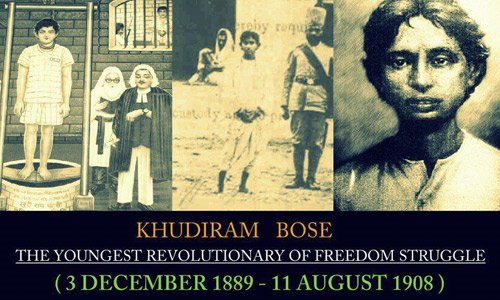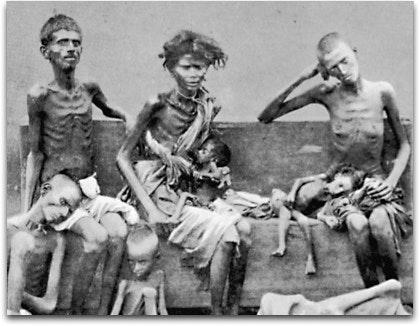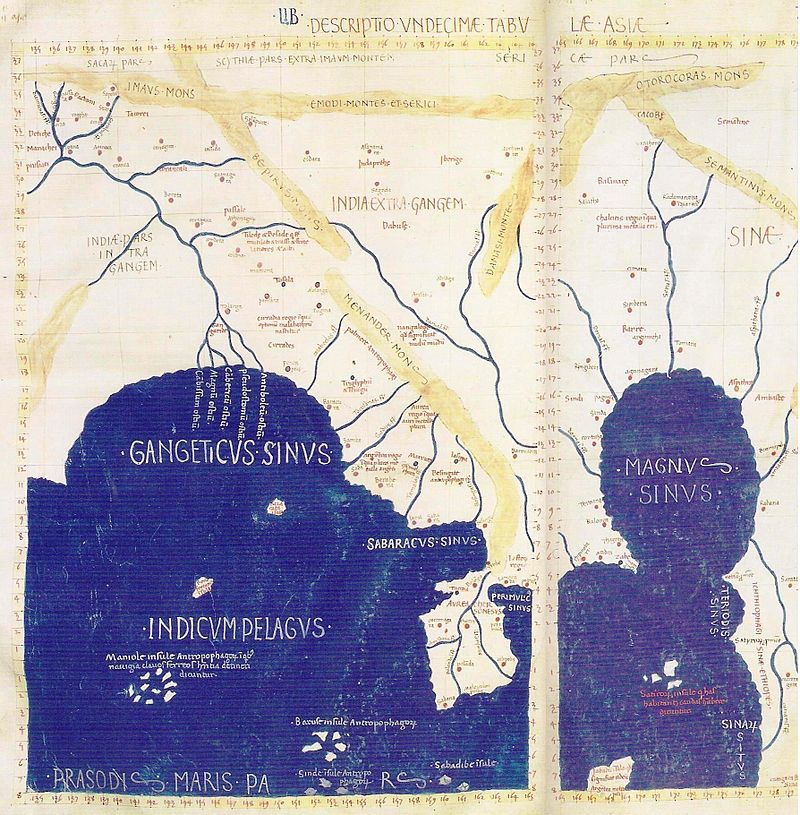On the Blood Road again - Bengal Now and Then
- In Current Affairs
- 09:17 PM, May 20, 2019
- Somanjana Chatterjee
Every morning, we, the Hindu Bengali diaspora in the US wake up to some disturbing news. Every day. Photos of mutilated limbs on the WhatsApp. Photos of young girls being kidnapped and raped. Information about young boys being beaten up and jailed by so-and-so inspector of certain police stations. We are requested to call the state machinery, coordinate with the ground activists and raise funds for the hapless victims. Very few of these stories of gross misuse of human rights, make it to the mainstream media. None, actually. The Media, the Law-enforcement, the schools, the college campuses, the hapless and the elite - all seemed to be controlled by the State. From the time of brain-drain, when most of us were compelled to leave Bengal because of complete breakdown of education, opportunity and law and order in the State, we are now looking at the phase of brain-dead. As the national election is going on, there are videos making rounds of ruling party cadres in Bengal escorting the voters to the poll booths up until the voting machine, and then promptly escorting them out. Today, I woke up to the news- 55000 hijabs arrived to conceal the identity of the voters.
Yet, we are talking about change. We are talking about reform and revolution against one of the most oppressive, fascist regimes of that part of the world. Why? Because we Bengalis don’t give up. Historically, we have never given up.
The center of British colonization and diktat back then, the first attempt of the Partition by Lord Curzon in 1905 failed in Bengal. “The event escalated the growing unrest, stimulating radical nationalist sentiments and becoming a driving force for Indian revolutionaries”. 18 years old Khudiram Bose was perhaps the youngest martyr to be hanged till death, but he was not alone. Although 71 years of age at the time of her death, at a time when women were restricted by the purdah, Matangini Hazra not only fought for the country’s independence but also became a martyr. Her age and gender didn’t stop her from being a revolutionary and fighting against the mighty British Empire. Another woman, Bina Das, in spite of heralding from an upper middle class family and being a student of one of the top missionary schools in Calcutta, dared to shoot the Bengal Governor Stanley Jackson, that too, at the Convocation Hall of University of Calcutta. Subhash Bose, a leader of the younger, radical, wing of the Indian National Congress in the late 1920s and 1930s, rose to become Congress President in 1938 and 1939. However, he was ousted from Congress leadership positions in 1939 following differences with Mahatma Gandhi and the Congress high command.

Since Gandhi arrived in India in 1915, and within a month of his arrival, his so-called mentor Gopal Krishna Gokhale’s demise for no apparent reason, Bengal was thrusted with horrendous oppression by the Brits, culminating in to the Direct Action Day, the Partition, the Hindu genocide of Noakhali by the Muslims, the massacre of the Indian soldiers in the Second world War in the vicinity (87,000 dead, 34,354 wounded, 67,340 prisoner of war) , the Bengal famine of 1943 causing 2-3 million deaths due to starvation. Following the Partition, millions of refugees came to Bengal, an added 10 million refugees during the Bangladesh liberation war against West Pakistan 1960-1970, with 2.4 million Hindu Bengalis killed in East Pakistan (Bangladesh) during the war.

From the rubbles of the refugee quarters rose the sentiment of Communism. In 1967, following the torture and killings of the peasants in Bengal by the State machinery, thousands of students joined the Naxalbari movement. The then Congress chief minister of Bengal Siddhartha Shankar Ray had established a torture-cell in his residence to tackle the students, boys and girls alike. Burning cigarettes were tapped in their private parts. Within 5 years, a generation of elite students were annihilated. Following this, the man, the communist leader, who took over Bengal by betraying the students and joining forces with the Establishment, Jyoti Basu, soon shot down 1000+ refugees in the Marichjhapi island in the Sundarbans. Red terror was active and shaped the facade of the regime for the next 30 years. The woman, the Opposition who took over Bengal fighting the communists all her life, fell to the Jihadi mechanism of lawlessness at present, single-handedly promoting communal violence, taking the region back to the fringes of the Direct Action Day, yet again.
But the conflict in Bengal is not a modern day phenomenon. The earliest historical documentation of the region goes back to the Map of Ptolemy during the time of Alexander the great.

“Gangaridae is a term used by the ancient Greco-Roman writers to describe a people or a geographical region of the ancient Indian subcontinent. Some of these writers state that Alexander the Great withdrew from the Indian subcontinent because of the strong war elephant force of the Gangaridai. The writers variously mention the Gangaridai as a distinct tribe, or a nation within a larger kingdom (presumably the Nanda Empire).” A number of modern scholars locate Gangaridai in the Ganges Delta of the Bengal region, although alternative theories also exist. Gange or Ganges, the capital of the Gangaridai (according to Ptolemy), has been identified with several sites in the region, including Chandraketugarh and Wari-Bateshwar, under the ruler Dhana Nanda.
The Sena Empire - a Hindu dynasty during the Late Classical period on the Indian subcontinent, ruled Bengal through the 11th and 12th centuries. The empire at its peak covered much of the north-eastern region of the Indian subcontinent.
The last Sena king, Lakshmanasena (1178 AD – 1205 AD), a great patron of literature, who hosted the poets like Jayadeva and Dhoyi in his court in Nadia was expelled in 1202 by the Turkish chief Muḥammad Bakhtyār Khaljī. Sena kings continued to rule the eastern Bengal for some decades, but the main political power in Bengal passed to the Muslims. The Mughals inherited Bengal as one of the world’s most economically developed regions, wealthiest provinces and the living standards of its inhabitants were among the highest in the world. Back then, Bengal generated 50% of the Mughal Empire’s GDP and 12% of the world's GDP and it alone accounted for 40% of Dutch imports from Asia.
So, we fought. We fought. We fought since time immemorial. Regime after regime. I don’t know if the Bengalis are able to organize and solicit help for the path of nation-building currently, yet again, but Bengalis won’t give up. As long as there’s an iota of Bengali blood in our genes, we will continue to fight. Till death do us apart.
Image Credits: ANI News (Header Pic), All other pictures provided by the author. No copyright infringment intended.







Comments